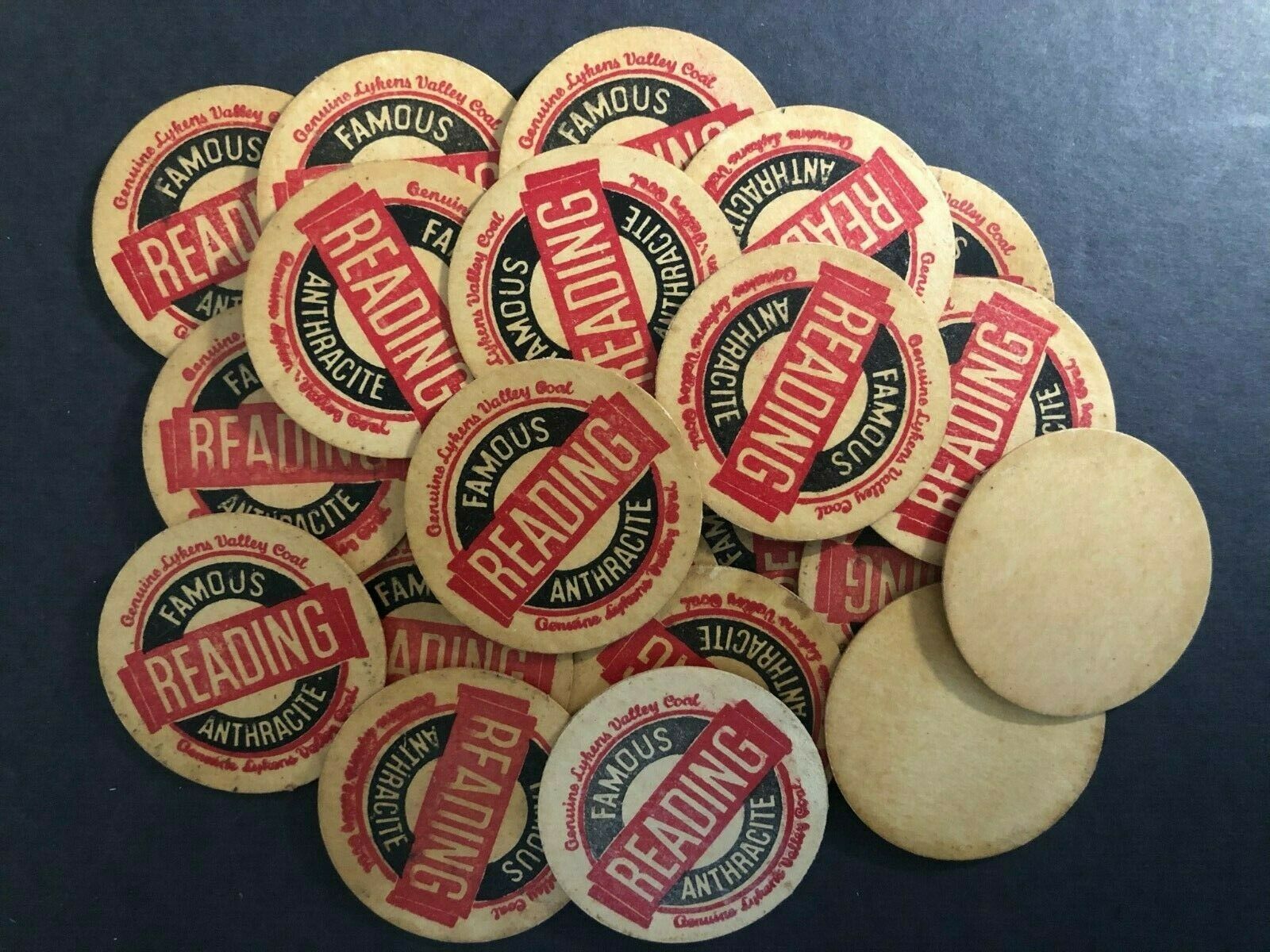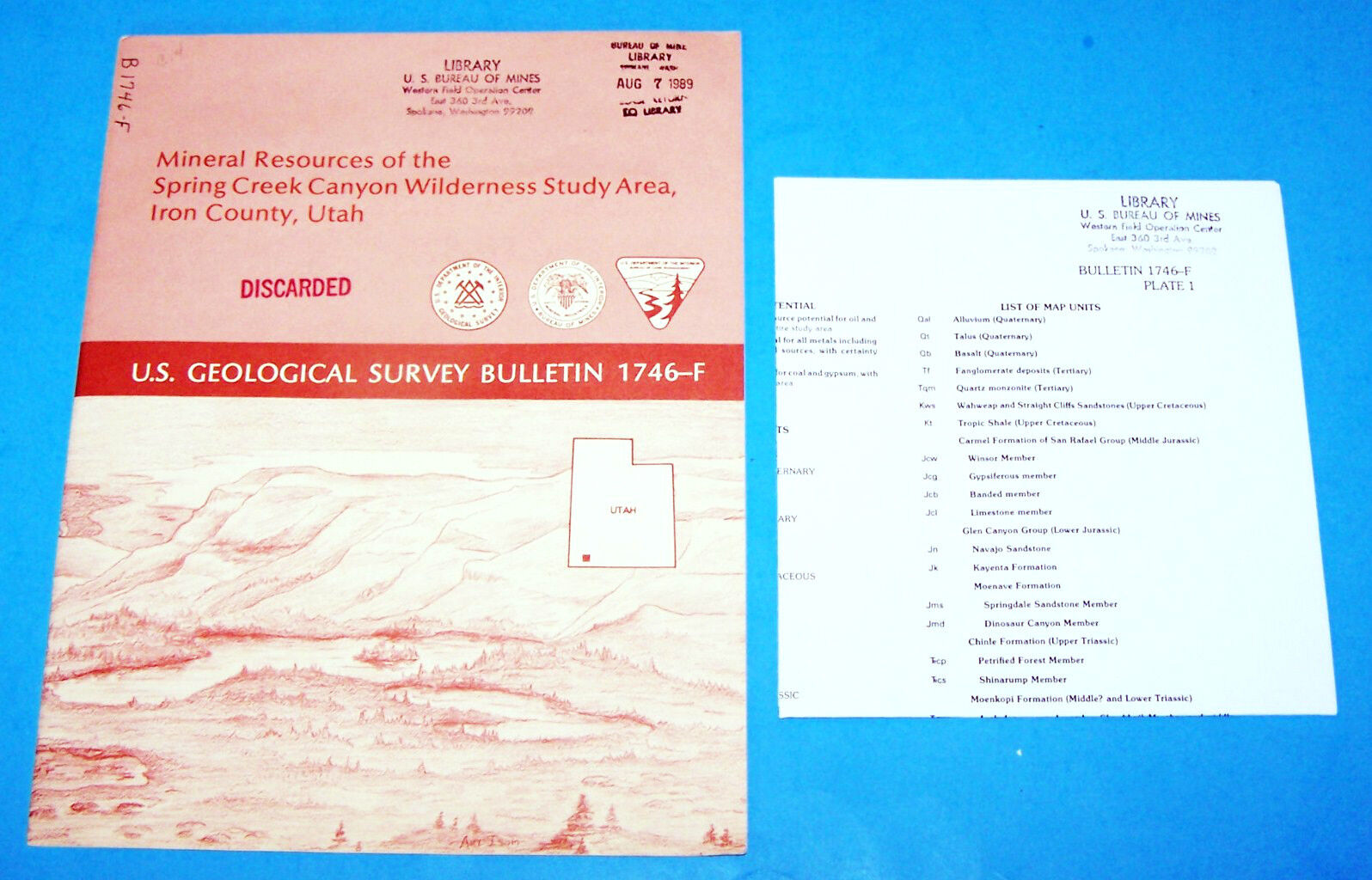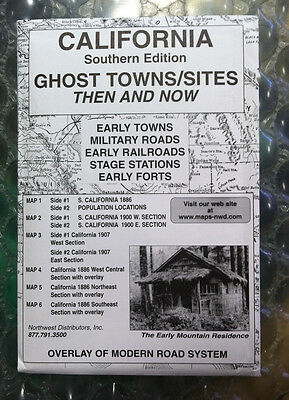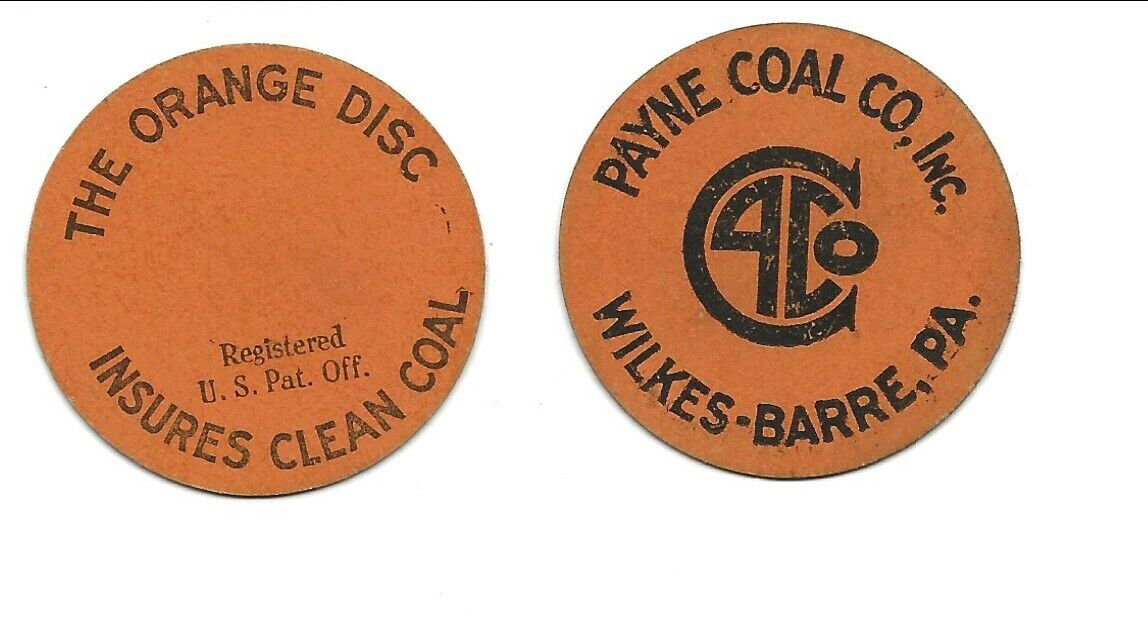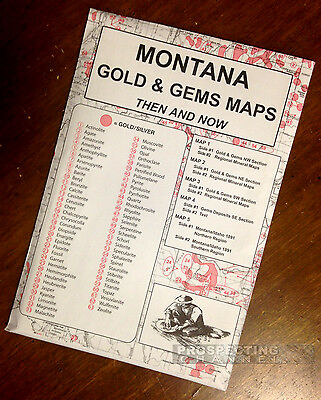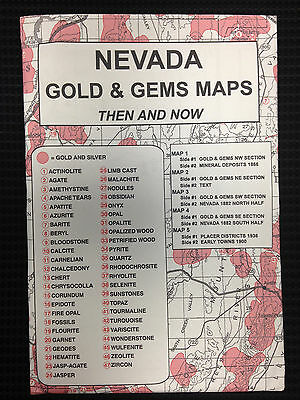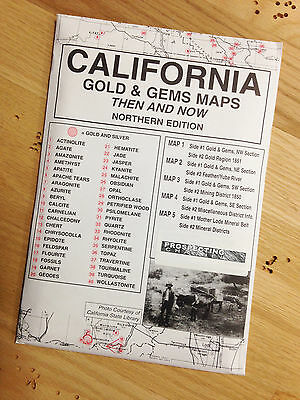-40%
Tonopah NV, NONE BETTER, only 2000 printed, 1st ed mining book, author was miner
$ 25.22
- Description
- Size Guide
Description
Hard-to-find book is best, most-detailedon Tonopah mining from 1900 to 1950
Author worked in Tonopah mines and was director of Nevada Bureau of Mines; only 2,000 copies of book were printed
T
his hard-to-find first-edition book is — without doubt — the most complete
record of mining in Tonopah from 1900 to 1950.
Photo from book:
Square set stope on Valley View vein of the Tonopah mining company, 1911.
It covers Tonopah's boom, from the time that Jim Butler discovered the
first rich ore while chasing an ill-behaved burro until the last of the original big mining companies petered out, one by one, through the 1930s and late '40s.
What sets this book (cover, below left) apart from the others is that it includes many facets of Tonopah history during its boom period. It provides glimpses into daily life in Tonopah — deplorable living conditions in the early days; miners dying of lung disease while coughing up blood along the main street through town. It tells who built what; it names the movers and shakers; and how and why they moved and shook.
We have many MANY more rare mining books! Just visit our ebay store, Rare Mining Books:
http://stores.ebay.com/Rare-Mining-Books?_rdc=1
Facts impossible to find elsewhere
True,
some
of this information can be found elsewhere, but what is almost impossible to find elsewhere are the facts, figures and details of all things mining in Tonopah during its first 50 years. Books like
Gold in Them Hills
(by G. B. Glasscock) and
Nevada's Twentieth-Century Mining Boom
(by Russell R. Elliot) are hard to beat for their coverage of Tonopah's general history during her boom, but the book for sale here concentrates on the history of mining — not just general history.
Author started his mining career in Tonopah mines
Further, the author of the mining section, which takes up almost 75 percent of the book, is not some armchair geologist retelling secondhand information from a bunch of library books. Author Jay A. Carpenter is the retired director of Nevada's prestigious Mackay School of Mines
and
the retired director of the Nevada Bureau
of Mines.
Carpenter wasn't just a bureaucrat, his first job in mining was as an engineer in Tonopah when the boom was at its height. He later became the superintendent of the West End Consolidated Mining Company, one of the major mining operations in the district. He personally knew many of the mine owners, miners, financiers and stock kiters that he describes.
Chances are that any book about Tonopah written after 1953 owes much to the content of this book,
The History of Fifty Years of Mining at Tonopah, 1900–1950
.
Covers ALL Tonpah claims and companies
Seldom has so much detail about mining in any western boomtown been assembled in one book. For example, Carpenter doesn't just say how much the Jim Butler Mining Company produced (0,000 for 1905–1906), he describes where the 16 claims were (south of Tonopah Mining Company's claims in a future residential area); where the ore came from (the Fraction vein); its geology (narrow, badly faulted and fractured); the mine shaft's name (the Wandering Boy); at what level (300 foot in 1907–1910) and much more.
And the book covers
all
the Tonopah claims and companies, large and small: Tonopah Mining Company of Nevada, Tonopah Belmont Development Company, Montana-Tonopah Mining Company, Tonopah Midway Mining Company, West End Consolidated Mining Company, MacNamara Mining Company, Tonopah Extension Mining Company and more. If you collect Tonopah stock certificates (or ever plan to), you can use this book to figure out how much a particular mine was producing in what year — and even what part of the mine the stock was financing!
Photo from book:
Loading ore from Tonopah leases on wagon trains for shipment to the railroad at Sodaville.
(Just look at the number of teams and wagons stretching off into the distance. Now that's a lot of ore!)
First mining boomtown of the 20th century
Tonopah was the first mining boomtown of the 20th century, and it put Nevada back on the map and regularly on every newspaper front page across America. The camp drew thousands of nameless working stiffs and quite a few that were anything but nameless — Tex Rickard, January Jones, Wyatt Earp, Key Pittman, Tasker Oddie and many others. By 1902, Tonopah was a sprawling city of 3,000
people, with stagecoach service, competing newspapers, more than 30 saloons and two churches. By 1907, it stole the title of county seat from Belmont, had five banks, theaters, swank and seedy hotels, five newspapers, many of Nevada's grandest houses and — of course — the Big Casino, a combination dance hall and brothel that took up a whole city block in the middle of the sporting district. Tonopah peaked in the years leading up to World War I, when the mines averaged .5 million a year in production.
Jim Butler, left, and Ben F. Edwards in 1901 Tonopah. Butler made the first strike in Tonopah and Edwards had a long and successful interest in the West End Consolidated Mining Company.
Where is it?
Tonopah, Nevada, is surrounded by unpopulated desert wilderness on Interstate 95, basically where 95 and U.S. 6 intersect, about halfway between Las Vegas and Reno in the hilly area of the San Antonio Mountains. Tonopah is 199 miles from Vegas; 360 miles from Los Angeles, California; 26.8 miles north of Goldfield, NV; 93 miles north of Beatty, NV; about 100 miles north of Nevada's border with
Death Valley National Park in Inyo County, California; and 127 miles north of Stovepipe Wells in Death Valley.
The book:
The History of Fifty Years of Mining at Tonopah, 1900–1950
, by Jay A. Carpenter, Russell Richard Elliott and Byrd Fanita Wall Sawyer, 153 glossy pages, University of Nevada Bulletin, No. 47, January 1953, No.1, Publication of the Nevada Bureau of Mines, Mackay School of Mines, University of Nevada, Reno, first edition, second printing (as stated in the book; 1976, only 2,000 copies printed). In very good to near-fine condition, paperback with stiff glossy wraps, six by nine inches. Slightly bumped corners; slight binding ripple along spine.
Photo from book:
Desert Mill of the Tonopah Mining Company, at Millers, 1907.
As always, I am
extremely
conservative about rating book condition and very detailed in listing any potential flaw, no matter how slight. You get what you pay for. If you want a trashed book — filled with scribbled notes, dog-eared pages and underlined passages that the seller just "somehow forgot" to tell you about in his ad — then look elsewhere on ebay.
Payment methods and domestic shipping
Paypal only. FREE shipping and handling via priority mail. I pride myself on bulletproof packaging and ship in sturdy cardboard boxes or heavily padded envelopes. We have never had one item damaged in shipping in 15 years on ebay.
The fine print:
Feel free to contact me if you have any questions about the item or terms of sale.
Do not
wait until the last day of the auction or after the auction ends.
I post feedback once a week. Not responsible for typographical errors.
Good luck and thanks for looking!
Photo of giant complex in Tonopah:
Tonopah Belmont mine and mill, 1907
Counties near Tonopah
Nevada counties adjacent to Esmeralda and Nye counties are Mineral, Churchill, Lander, Eureka, White Pine, Lincoln and Clark. Nearby counties include Douglas, Lyon, Storey, Washoe, Perhsing, Humboldt and Elko. The nearest California counties to Tonopah are Inyo and Mono. Counties adjacent to Inyo are Mono, Fresno, Tulare, Kern and San Bernardino; nearby counties include: Riverside, Orange, Los Angeles, Santa Barbara, Kings, Madera, Mariposa, Tuolumne and Alpine.
Towns, population areas and interesting sites in or near Inyo County include Aberdeen, the Alabama Hills, Ancient Bristlecone Pine Forest, Argus, Badwater, Ballarat, Big Pine, Bishop, Bullfrog, Cartago, Cerro Gordo, China Lake Naval Weapons Center, Cottonwood Lakes, Coso Junction, Darwin, Death Valley Junction, Dolomite, Dunmovin, Eureka Sand Dunes, Fossil Falls, Furnace Creek, Greenwater, Haiwee Reservoir, Independence, Inyokern, Keeler, Laws, Lake Sabrina, Little Lake, Lone Pine, Mt. Whitney, Olancha, Owens Lake, Onion Valley, Panamint Springs, Pearsonville, petroglyphs, Rhyolite, Saline Valley, Scotty's Castle, Shoshone, Sierras, Sierra Nevada, Stovepipe Wells, Swansea, Trona geology mining mines stock certificate, Tecopa, Ubehebe Crater, Whitney Portal.
Towns and sites of interest in in Mono County include Benton Crossing, Benton Hot Springs, Bodie, Bridgeport, Casa Diablo Hot Springs, Chalfant Valley, Coleville, Crowley Lake, Devils Postpile, Dogtown, Hammil, Hot Creek, June Lake, Lake Mary, Lee Vining (gateway to Yosemite), Lundy Lake Resort, Mammoth Lakes, Minaret Vista Point, Mono City, Mono Craters, Mono Lake and its tufa towers, Mono Village, Montgomery, Mt. Barcroft Laboratory, Queen Dicks, Tioga Pass, Toiyabe National Forest, Toms Place, Twin Lakes Estates, Whitmore Hot Springs.
Track Page Views With
Auctiva's FREE Counter

